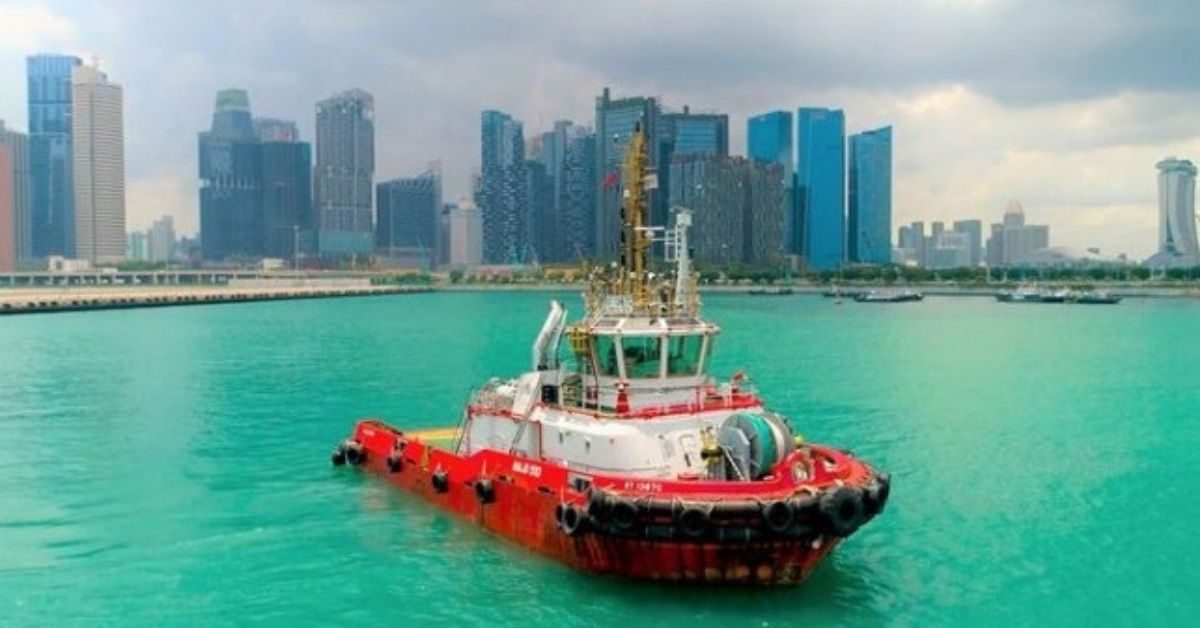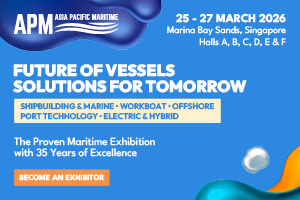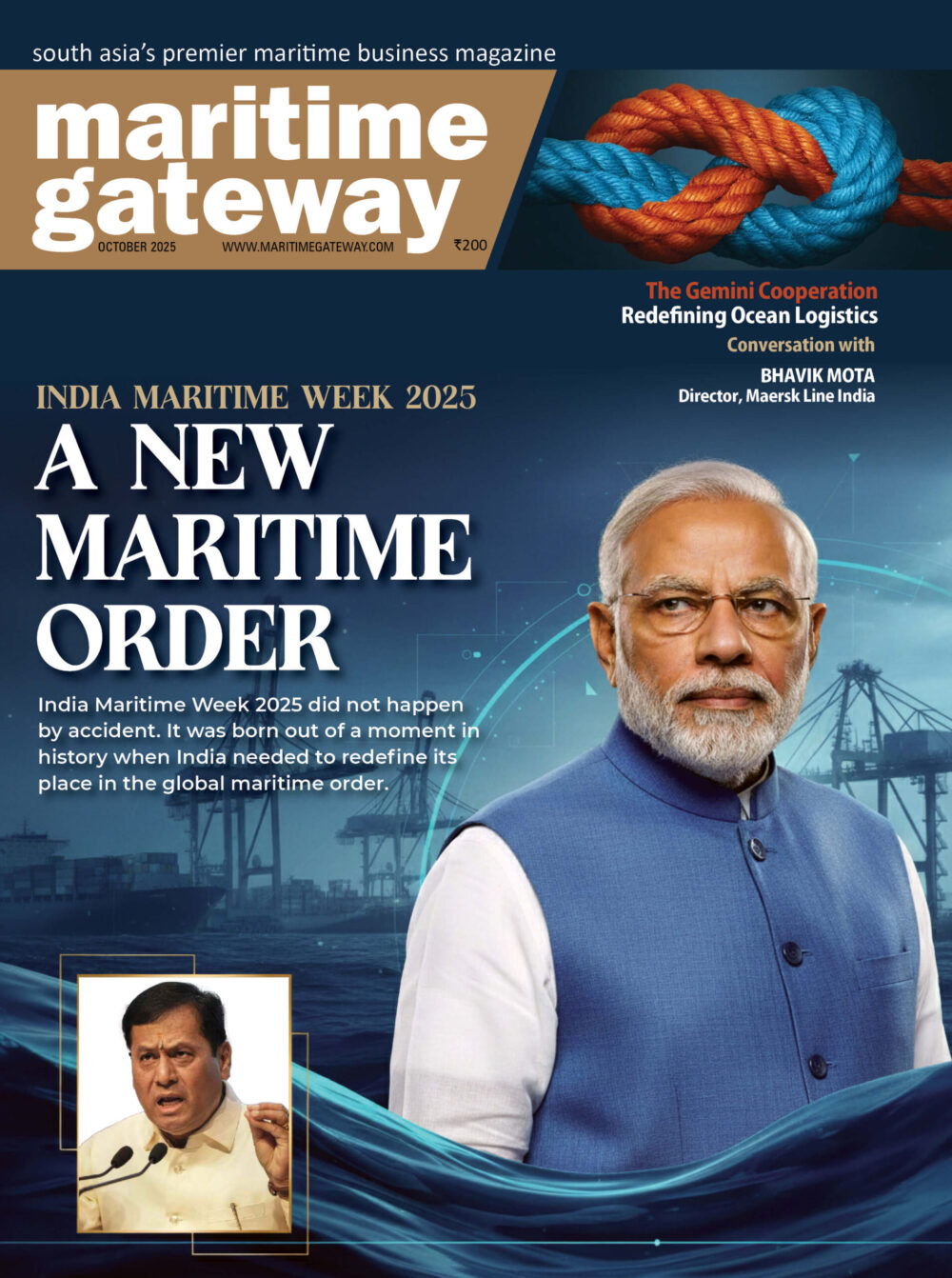The Ministry has set a five-phase timeline ending 2047 by which the 12 state-owned ports must make their tug fleet fully green under the Green Tug Transition Programme (GTTP), per the SOP.
In the first phase, Jawaharlal Nehru Port Authority, Deendayal Port Authority, Paradip Port Authority and V O Chidambaranar Port Authority will each buy two new green tugs (battery electric powered) by 2027.
In the second phase, between 2027 and 2030, at least 50 percent of the tugs operating in these four state-run major ports should be green tugs.
Besides, at least 25 percent of tug fleets in all the other major ports under MoPSW should be GTTP compliant. This phase may also involve the adoption of alternate/green fuels such as methanol, hydrogen etc in addition to battery electric propulsion. Any other emergent green technologies can also be considered based on developments in the industry.
In the third phase (2030-2035), all ports under MoPSW should ensure that at least 50 percent of their tug fleet are GTTP compliant.
In the fourth phase (2035-2040), all state-owned ports should ensure that at least 75 percent of their tug fleet are GTTP compliant.
In the fifth phase (2040-2047), all the 12 major ports should ensure that 100 percent of their tug fleet are GTTP compliant.
From the third phase onwards, the major ports can also consider new or additional emergent green technologies for tugs based on developments in the industry.
To help the ports in obtaining standardized, globally benchmarked designs and specifications for tugs conforming to the requisite green criteria, the Ministry through the Indian Ports Association (IPA) will publish an Approved Standard Tug Design Specifications – Green Tug Transition Programme (ASTDS-GTTP). The ASTDS-GTTP shall be published separately for each phase of the programme.
The Standing Specifications Committee (SSC) set up by the Ministry in 2020 is mandated to prepare the standardized specification for GTTP compliant tugs (ASTDS-GTTP). The SSC shall prepare separate ASTDS-GTTP for each of the five phases which will be published prior to the commencement of the respective phase.
The public ports have been given the flexibility to either purchase the ASTDS-GTTP compliant tugs or charter them for not less than 15 years. The charter period will not be ended prematurely for the sole reason of transition to subsequent phases of GTTP.
Tugs constructed during previous GTTP phases, complying with the respective ASTDS-GTTP specifications, can be utilized by the ports in subsequent phases. Nevertheless, ports shall ensure that any tug keel laid during a particular GTTP phase shall comply with the ASTDS-GTTP specifications of the respective phase.
Tugs complying with ASTDS-GTTP must be built in Indian shipyards.
The Ministry will extend financial support of 30 percent for building green tugs, MoPSW had said previously.
Lauding the government’s initiative to promote green shipbuilding in India, Sanjiv Walia, Advisor, Shipyards Association of India, a lobby group, said it will “yield positive results”.
Tug owners/operators, though, are not enthused with the Ministry’s move.
“Hardly two years ago, the Ministry came out with the Atmanirbhar Bharat policy, making it mandatory for major ports to buy or charter tugs (normal tugs) built in Indian yards. Now, they are saying henceforth all the tugs will be green tugs. So, what will we do with the normal tugs that are under construction at Indian yards based on the Atmanirbhar Bharat policy,” said a tug operator.
“Everybody wants to show off without any thought process or understanding of the industry,” he said, asking not to be named.
The Ministry, according to the tug operator, has told the tug owners to “market these tugs (normal tugs) outside”.
“Tugs being built in Indian yards cost 30 percent more than those built in overseas yards. No port will pay 30 percent higher charter rates, so going outside is not a feasible option,” he added.
Ports under the administrative control of the Ministry of Ports, Shipping, and Waterways must comply with the targets set by each of the GTTP phases.
However, demand for tugs beyond GTTP targets (until the end of phase 5) may be met by the ASTDS compliant tugs per the ‘SOP for charter/procurement of tugs by major ports under Atmanirbhar Bharat Abhiyan’ issued by the Ministry in 2020.
The world is moving towards carbon neutrality with more countries pledging to reduce their carbon emissions to meet (and exceed) obligations under the Paris accord and contain the temperature rise within 1.5°C by the end of this century, MoPSW said while issuing the SOP.
The International Maritime Organization (IMO), the United Nations agency tasked with regulating global shipping, has adopted a greenhouse Gas (GHG) emission reduction strategy for shipping to reach net-zero by 2050.
The Maritime India Vision 2030 identifies key interventions to propel India towards a safe, sustainable and green maritime sector. These include targets for increasing the share of renewable energy to 60 percent of the total power demand of each major port through solar and wind-generated power. It also envisages a 30 percent reduction in carbon emissions per ton of cargo handled by 2030. Further, the Vision also urges all the ports to switch 50 percent of their vehicles to greener fuels by 2030.
Harbor tugs form an indispensable part of port operations. Around 350-400 tugs operate in Indian ports in both public and private sectors.
By virtue of their unique operating profile, harbour tugs provide a huge potential for emission reduction at the ports, MoPSW said.
Tugs undertake high power operations only for a very short duration of time, which is typically less than 5 percent of their total operating hours. A major share of their operating time is spent in low-power operations such as loitering, stand-by and low-bollard pull.
Further, harbour tugs are always operating closer to the port.
“Owing to these factors, tugs provide a very suitable platform to adopt green solutions such as electric propulsion systems and alternate fuels, without compromising on the operational aspects of the vessels. Thus, progressive replacement of existing diesel-powered tugs with zero-emission tugs is essential for greening of port operations,” the MoPSW said in the SOP.
To enable service providers to plan positioning of Indian built tugs per ASTDS-GTTP, tenders for ASTDS-GTTP compliant tugs (both direct procurement as well as for charter), issued by the ports shall incorporate a minimum bidding time of not less than 12 weeks. ASTDS-GTTP will aid the tendering port to finalise the tender within a shorter duration.
In case none of the bidders in a tender are able to position Indian built tugs complying with ASTDS-GTTP, then bidders shall be granted option of offering alternate tug meeting the operational requirements of the port, on the condition that the tug initially offered is substituted with an Indian built tug per the ASTDS-GTTP not later than 24 months from the date of commencement of the charter, failing which the party shall be liable for penalties as stipulated in the tender.
The defaulting parties will also be barred from participating in further tenders for chartering of any type of vessel for all ports under the Ministry of Ports, Shipping, and Waterways.









